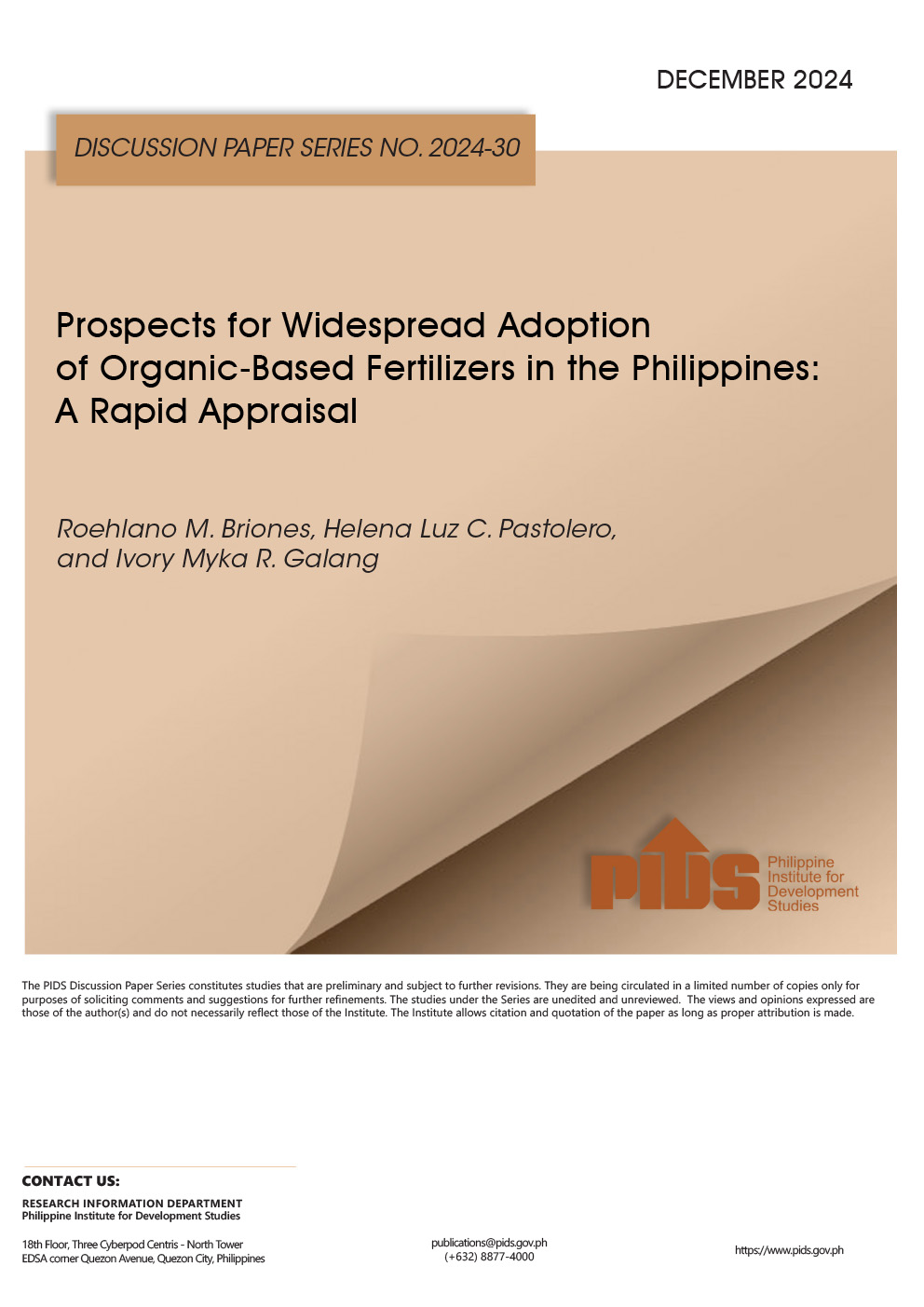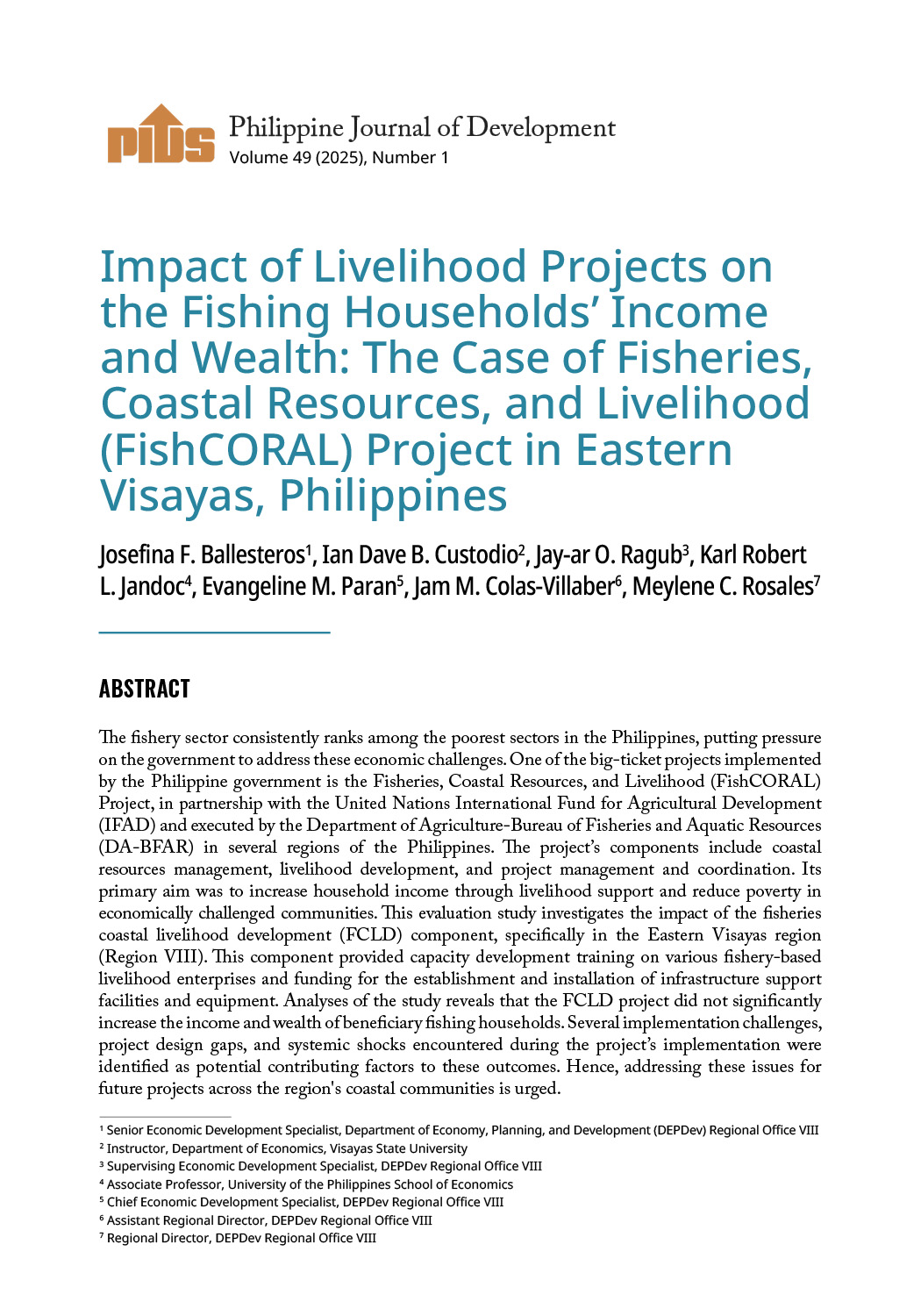While easing rice prices in the domestic market, the rice tariffication law firmed up the country’s dependence on imported grains.
The law slashed tariffs on the staple food from 35 percent to 15 percent through 2028 to ease the country’s inflation woes. Players in the agriculture sector said the law has benefitted, thus far, foreign producers such as Vietnam and leaves Filipino farmers struggling to compete.
Rice makes up nine percent of the consumer price index, which is the basket of commodities that determines the periodic inflation rate, but the staple accounted for more than half the headline inflation rate over the past three months. Prices rose for the third straight month in April, climbing 3.8 percent on the year.
The strategy, using the law, sought to raise money from the grain tariff to fund programs for farmers and push the sector to become a key contributor to growth.
Agriculture has always been a laggard that keeps the economy from reaching its full potential.
When Marcos was in charge of the Department of Agriculture last August, he imposed a price cap on rice to stifle inflation. Economists said the move was ineffective and he lifted the price cap a month later.
UK-based Pantheon Macroeconomics noted that the move made imported rice cheaper than domestic products, “which in turn had a negative impact on farmers’ incomes.”
It said that on the flip side, on a macro basis, the law has strongly contributed to pulling headline inflation down, boosting the purchasing power of all Filipinos.
Developed Asian nations, including China and Japan, are willing to provide assistance to ramp up grain production.
As a major developing economy grappling with surging rice prices, the Philippines faces mounting challenges in securing access to affordable, nutritious food from indigenous sources amid shrinking farms.
Experts who convened for the recent agricultural conference conducted by the Philippine Institute for Development Studies (PIDS), in partnership with the Asian Development Bank (ADB), the Southeast Asian Regional Centre for Graduate Study and Research in Agriculture (SEARCA), and the United Nations Development Program (UNDP), to address critical challenges to food security, emphasizing the role of innovation and good governance in shaping a sustainable agricultural future.
Kobe University Professor Keijiro Otsuka, who presented a comprehensive analysis of the evolution of rice cultivation in Sub-Saharan Africa, highlighted the global impact of the Green Revolution.
Otsuka’s research examined how the Green Revolution’s rice innovations primarily benefited irrigated and more favorable regions, while marginalized areas, often prone to drought and floods, received limited direct benefits. He found that labor migration from poorer areas to more productive regions played a vital role in wage equalization, providing significant economic advantages to poor communities.
Otsuka also discussed the successful transfer of rice technologies from Asia to Southeast and South Asia but highlighted the challenges of implementing these technologies in Sub-Saharan Africa (SSA), where rice cultivation is less established.
China Center for Agricultural Policy Director Jikun Huang shared insights on how China successfully navigated its agricultural reforms, offering valuable lessons for the Philippines and other Asian nations.
He emphasized China’s experience balancing rapid growth with sustainability, outlining the major driving force behind its success.
According to Huang, China’s agricultural transformation underscores the critical role of government intervention in addressing key challenges such as income disparity between rural and urban areas, food security, and environmental degradation.
He outlined government strategies to tackle issues, including investments in biotechnology, water conservation, and the development of high-standard farmland.
Huang also discussed China’s efforts to mitigate agriculture’s environmental impact through policies aimed at reducing chemical fertilizer use and promoting sustainable farming practices.
“The speed of transformation is different among [Asian] countries, but every country is moving in this direction, and that’s important,” Huang noted.
When it comes to food productivity, rivalry takes a side seat since the benefits will likely redound not only to the country but the entire region.







